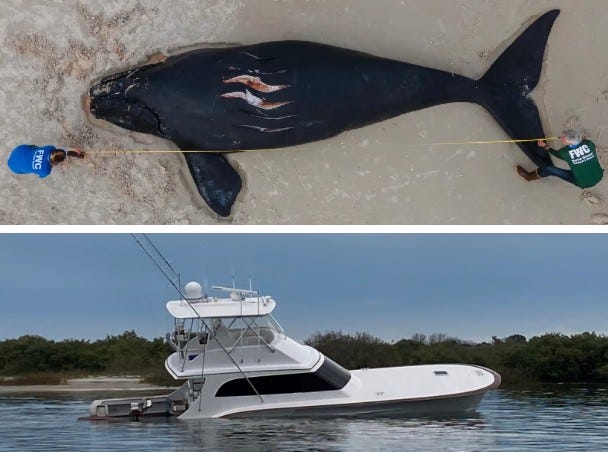the force
Crew Member
New to me boat has no VHF or antenna so am starting from scratch here. Was about to purchase a Standard Horizon GX1400 for $200, however it does not support NMEA2000 (to link to my Garmin Ecomap plotter) to add location for DSC. So next cheapest appears to be a Icom-330 with external GPS ($280). In my mind transmitting location is a no brainer for $80 more.
That said, I started looking into AIS - I don't have radar and it is not in the foreseeable future. I know AIS isn't a replacement for radar, however it may be a nice add-on (intermediate step) from the safety side? Currently appears the most economic route is the SH GX2400 ($600 on sale) which will be connected through NMEA 2000 to my Garmin (will already have a NMEA backbone for fuel sensor). Unfortunately this set-up won't transmit my location, that appears to be another $700 add on which I don't believe is worth it for me at this time (less than a handful of ocean trips per year currently). Boat is aluminum so I believe should be picked up easily by other's radar (if they have it and are paying attention).
Yeh, nah or anything else I should consider here? New to me so open to feedback or corrections if I'm talking out my butt.
That said, I started looking into AIS - I don't have radar and it is not in the foreseeable future. I know AIS isn't a replacement for radar, however it may be a nice add-on (intermediate step) from the safety side? Currently appears the most economic route is the SH GX2400 ($600 on sale) which will be connected through NMEA 2000 to my Garmin (will already have a NMEA backbone for fuel sensor). Unfortunately this set-up won't transmit my location, that appears to be another $700 add on which I don't believe is worth it for me at this time (less than a handful of ocean trips per year currently). Boat is aluminum so I believe should be picked up easily by other's radar (if they have it and are paying attention).
Yeh, nah or anything else I should consider here? New to me so open to feedback or corrections if I'm talking out my butt.
Last edited:


